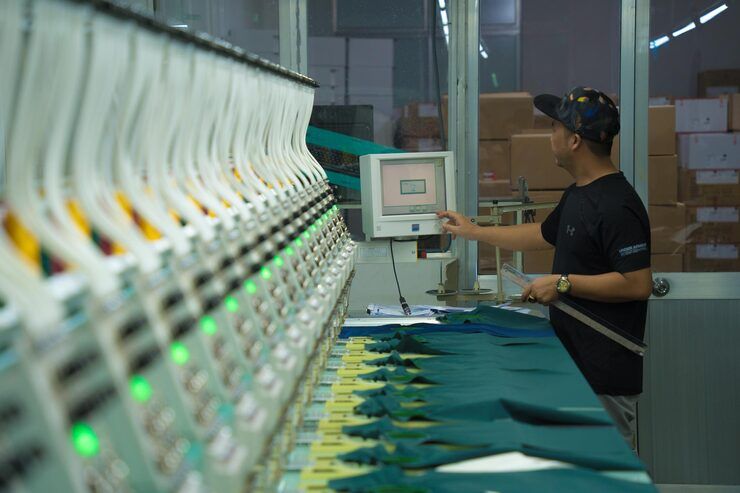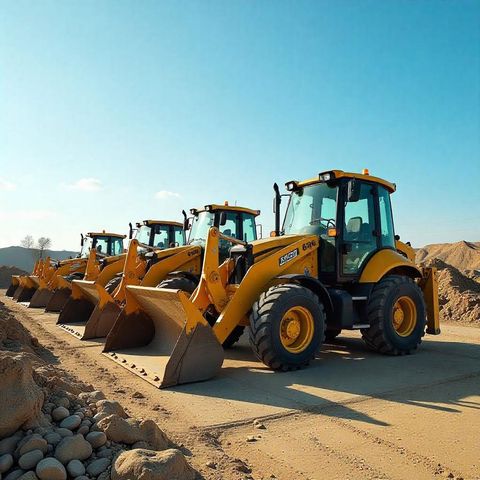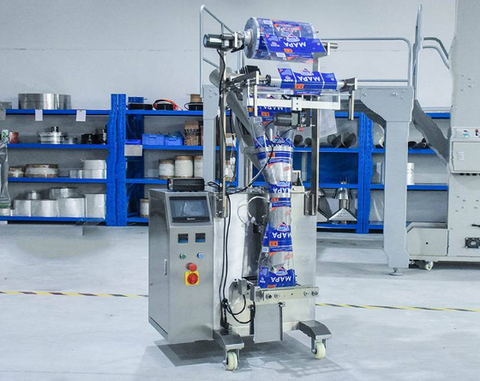A Complete Explanation of Textile Inspection Systems: Learn Features and Details
Textile inspection systems are specialized technologies designed to check fabrics, yarns, and garments for quality consistency. These systems play an important role in ensuring that defects such as broken threads, color variations, stains, or weaving errors are detected before materials reach the next production stage or the customer.
The textile industry has relied on manual inspection for decades, but with global manufacturing becoming faster and more complex, automated inspection systems have become essential. These systems are now powered by advanced cameras, sensors, and artificial intelligence, providing reliable analysis in real time.
Automation in inspection has reduced human error and increased efficiency, allowing manufacturers to deliver products that meet strict quality standards. With global demand for high-quality textiles in sectors like fashion, automotive, healthcare, and home furnishings, inspection systems are more relevant than ever.
Importance of Textile Inspection Systems
Textile inspection matters because it affects multiple stakeholders across the production and supply chain.
-
For manufacturers: Ensures efficiency and reduces waste by identifying defects early.
-
For brands and retailers: Guarantees consistent quality and minimizes product recalls.
-
For consumers: Provides better, safer, and more durable textile products.
Key problems solved by textile inspection include:
-
Reducing financial losses caused by defective fabric rolls
-
Meeting international export standards
-
Saving time and labor costs in quality assurance
-
Strengthening brand reputation through consistent quality
Modern textile industries operate in highly competitive markets. A delay in identifying defects can result in significant financial and reputational damage. That is why inspection systems have become a standard requirement for textile businesses worldwide.
Recent Updates and Developments
Over the past year, textile inspection technologies have advanced significantly. Notable updates include:
-
AI-driven defect detection (2024–2025): New machine learning algorithms are capable of identifying minute irregularities that human eyes may overlook.
-
Integration with Industry 4.0 platforms: Smart factories now link inspection systems directly to production management software. This ensures seamless data sharing and predictive maintenance.
-
Sustainability focus (2024): Textile inspection has become a tool for reducing waste, aligning with sustainability initiatives and circular economy goals.
-
Portable inspection tools (2025): Handheld devices are gaining traction for on-site fabric checks, providing flexibility in warehouses and smaller facilities.
Global markets such as India, China, and Bangladesh have adopted high-tech inspection systems faster due to the demand from international buyers for consistent quality assurance.
Laws, Standards, and Policies
Regulations in the textile industry directly influence the adoption and requirements of inspection systems. Some key standards and policies include:
-
ISO 9001 Quality Management Systems: Requires regular inspection and quality verification as part of textile production.
-
OEKO-TEX Certification: Demands strict testing to ensure fabrics are free from harmful substances, requiring reliable inspection at different production stages.
-
Government export policies: Countries such as India and China have mandated quality checks before export to meet global buyer requirements.
-
Industry-specific standards: Automotive and medical textiles must comply with specialized safety and durability regulations, increasing the need for advanced inspection.
Compliance with these standards ensures that textile products meet both local and international quality benchmarks, reducing the risk of rejected shipments.
Tools and Resources for Textile Inspection
A range of tools, systems, and resources are available to help manufacturers, quality managers, and buyers monitor textile quality effectively.
Types of Textile Inspection Tools:
-
Automated optical inspection systems – Use high-resolution cameras and software for defect detection
-
Fabric inspection machines – Designed for rolling, checking, and measuring fabrics
-
Yarn inspection testers – Ensure yarn uniformity and strength
-
Portable fabric checkers – Handy tools for warehouses or field inspections
Helpful Resources:
-
Textile Quality Standards Websites: International Organization for Standardization (ISO) and OEKO-TEX provide guidelines.
-
Industry Reports: Market research firms publish insights on textile inspection trends and adoption rates.
-
Educational Platforms: Online courses and guides from textile institutes teach inspection basics.
-
Inspection Software Tools: Cloud-based platforms allow storage and analysis of inspection data for decision-making.
Sample Comparison Table of Tools
| Type of Tool | Main Use | Best For |
|---|---|---|
| Automated Optical Inspection | Detect small defects automatically | Large-scale textile manufacturers |
| Fabric Inspection Machines | Rolling, measuring, visual checks | Medium and large textile factories |
| Yarn Testers | Checking yarn strength and uniformity | Spinning mills and weaving units |
| Portable Fabric Checkers | Quick, on-site inspections | Warehouses, small businesses |
FAQs on Textile Inspection Systems
What is the purpose of textile inspection?
The purpose is to detect defects, ensure consistent quality, and maintain compliance with standards before fabrics move to the next production stage.
How do automated textile inspection systems work?
They use cameras, optical sensors, and artificial intelligence to scan fabrics in real time, identifying issues like holes, stains, or misweaves.
Are textile inspection systems expensive to maintain?
While they require investment, many systems are designed for long-term use with minimal maintenance. Their ability to reduce waste and defects often makes them cost-efficient in the long run.
Which industries benefit most from textile inspection?
Fashion, automotive, healthcare, and home furnishing industries rely heavily on textile inspection to meet strict quality requirements.
Can small textile businesses use inspection systems?
Yes. Portable and affordable inspection tools are now available, making it possible for even small businesses to maintain quality standards.
Conclusion
Textile inspection systems have become an integral part of modern textile manufacturing. They not only safeguard quality but also help businesses comply with international standards, improve sustainability, and reduce waste. Recent innovations such as AI-powered inspection, integration with smart factories, and portable tools have made quality control more precise and accessible.
As global markets demand higher standards, textile businesses that adopt advanced inspection technologies will remain competitive and trusted. For manufacturers, retailers, and buyers alike, understanding and implementing textile inspection systems is no longer optional it is a necessity for success in today’s textile industry.






